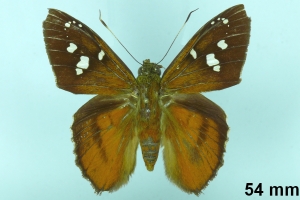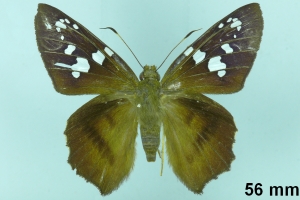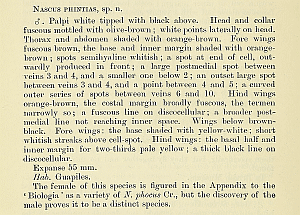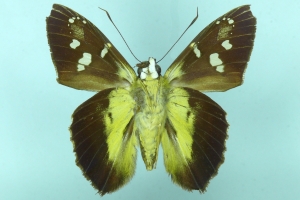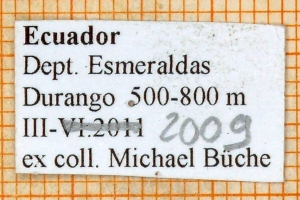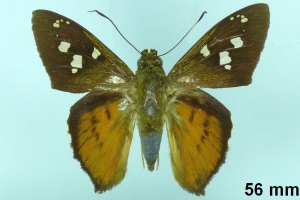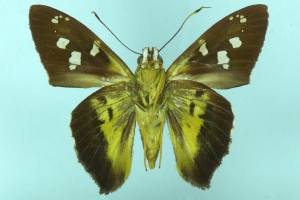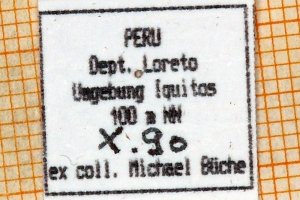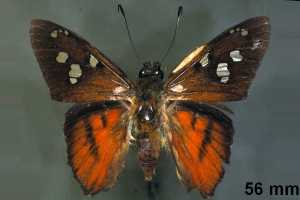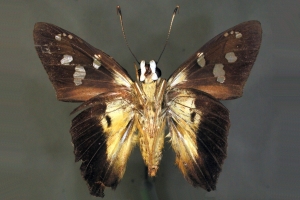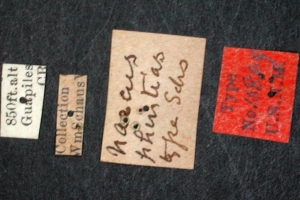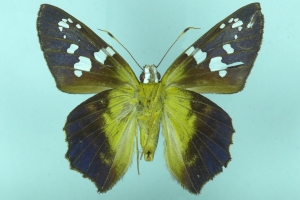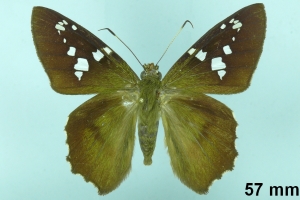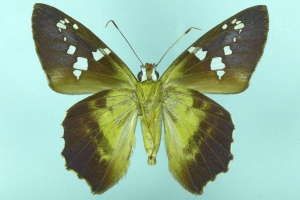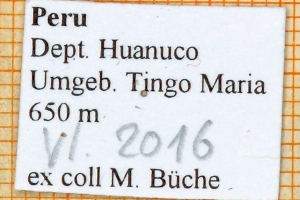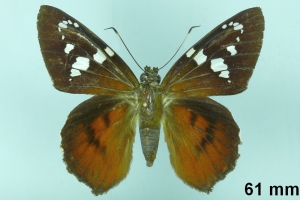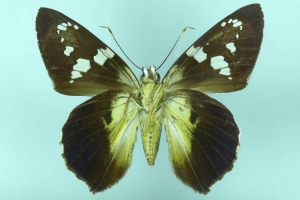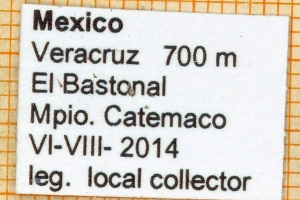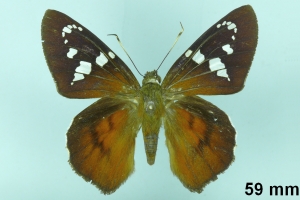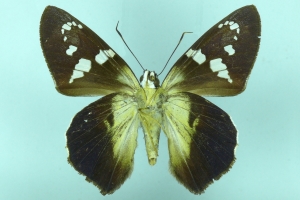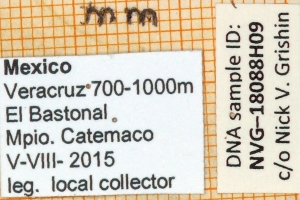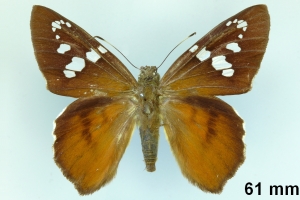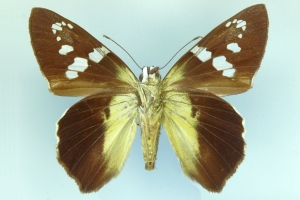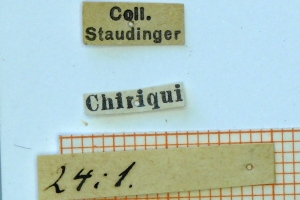Inhalt
2. Diagnose
2.1. Männchen
1-3: ♂, Daten siehe Etiketten (coll., det. & fot.: Ernst Brockmann, Fotos bearbeitet: Michel Kettner)
4-6: ♂, Daten siehe Etiketten (coll., det. & fot.: Ernst Brockmann, Fotos bearbeitet: Michel Kettner)
7-9: Syntypus ♂, Daten siehe Etiketten (fot.: Bernard Hermier, Fotos bearbeitet: Michel Kettner), coll. National Museum of Natural History, Washington, D.C., USA.
2.2. Weibchen
1-3: ♀, Daten siehe Etiketten (coll., det. & fot.: Ernst Brockmann, Fotos bearbeitet: Michel Kettner)
4-6: ♀, Daten siehe Etiketten (coll., det. & fot.: Ernst Brockmann, Fotos bearbeitet: Michel Kettner)
7-9: ♀, Daten siehe Etiketten (coll., det. & fot.: Ernst Brockmann, Fotos bearbeitet: Michel Kettner)
10-12: ♀, Daten siehe Etiketten (coll., det. & fot.: Ernst Brockmann, Fotos bearbeitet: Michel Kettner)
13-15: ♀, Daten siehe Etiketten (fot.: Ernst Brockmann, Fotos bearbeitet: Michel Kettner), coll. Zoologisches Museum der Humboldt-Universität zu Berlin.
2.3. Erstbeschreibung
3. Weitere Informationen
3.1. Synonyme
- Nascus mackeyi Williams, 1933
3.2. Faunistik
Nach [Global Biodiversity Information Facility] kommt die Art in Costa Rica, Mexiko, Französisch-Guayana, Kolumbien und Peru vor.
Locus typicus gemäß Erstbeschreibung: Guapiles [Guápiles ist ein Bezirk des Pococí-Kantons in der Provinz Limón in Costa Rica].
(Autor: Michel Kettner)
3.3. Literatur
- Erstbeschreibung: Schaus, W. (1913): New Species of Rhopalocera from Costa Rica. — Proceedings of the General Meetings for Scientific Business of the Zoological Society of London 1913 (3): 339-367, pl. L-LIV. — Digitalisat auf biodiversitylibrary.org: [358]




![Vorkommen in Mexiko [Foto im Forum]](/res/img/flag/mx.gif)
![Vorkommen in Costa Rica [Locus typicus]](/res/img/flag/cr.gif)
![Vorkommen in Panama [Foto im Forum]](/res/img/flag/pa.gif)
![Vorkommen in Kolumbien [Global Biodiversity Information Facility]](/res/img/flag/co.gif)
![Vorkommen in Französisch-Guayana [Global Biodiversity Information Facility]](/res/img/flag/gf.gif)
![Vorkommen in Ecuador (Festland) [Foto im Forum]](/res/img/flag/ec.gif)
![Vorkommen in Peru [Foto im Forum]](/res/img/flag/pe.gif)
